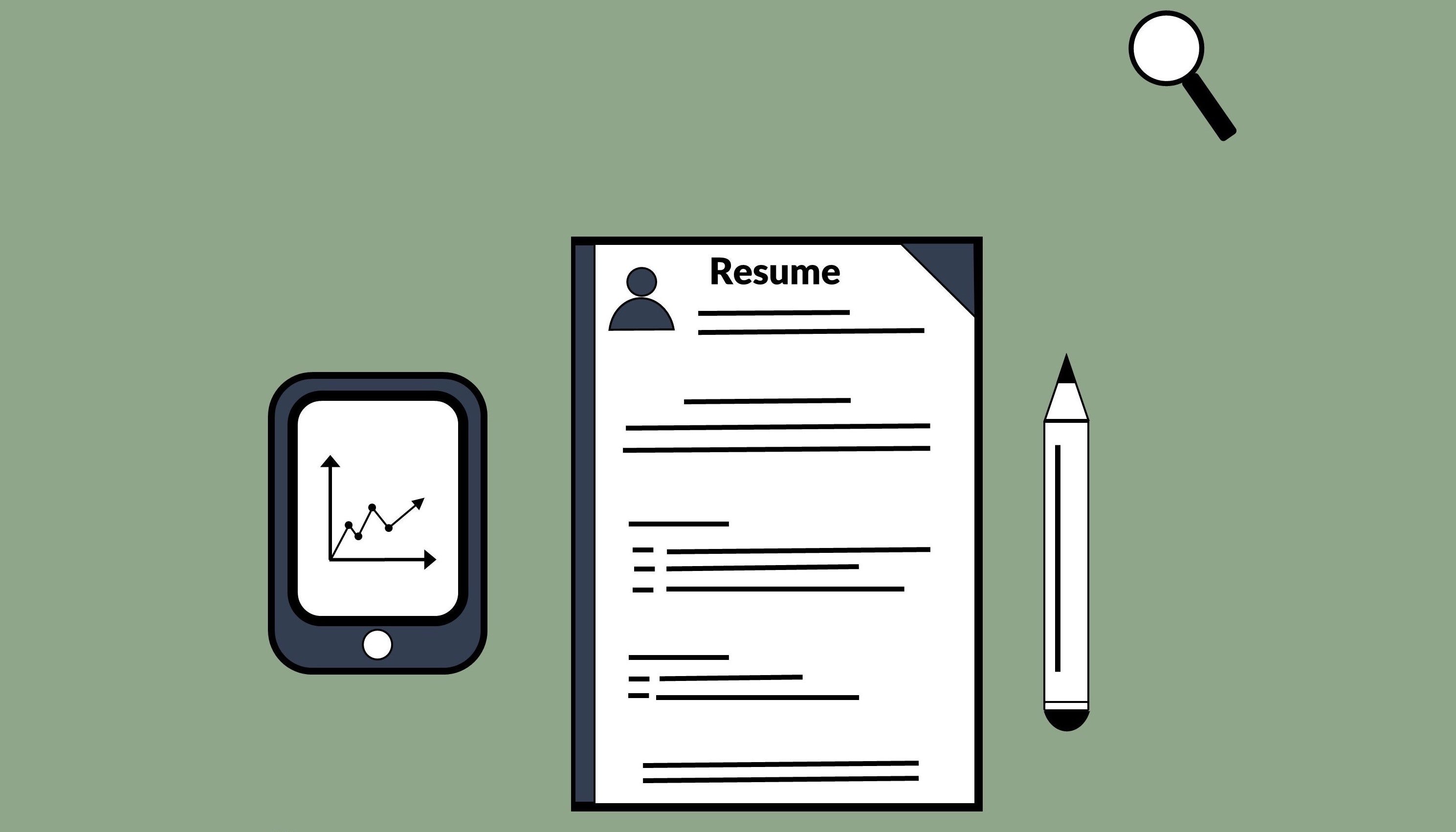Recruiting is one of the most important things your organization does. It’s a behind-the-scenes activity that shows up in very real ways across every area of the business. It impacts productivity, morale, the ability to plan for the future, and therefore, your bottom line. But as we all know, recruiting isn’t always a straightforward activity that goes from point A to point B. In fact, recruiting has a way of becoming a winding, lengthy, complicated process for many companies. Even with the best of intentions, when you start adding people and processes, recruiting can get convoluted.
The problem with falling into that trap is that it takes away your inability to be agile, competitive and efficient in your hiring. Those good intentions end up looking a lot like red tape and leave you missing out on pulling the trigger on a great hire, or perhaps just wasting valuable resources. At Proactive Talent we work with clients every day who are bogged down by inefficient or ineffective recruiting processes, and today we’re sharing what we’ve learned from those experiences.
Here are a few of the steps we walk through with clients to optimize the recruitment process, and some ways you can put them into action to optimize your recruiting:
Perform an analysis
 The starting point for any improvement is understanding the current state, which is why doing an analysis is so important. A deep analysis and audit of all your recruiting functions - from sourcing, to interviews, to your career site - will help you identify what’s working and where things are breaking down. Having metrics in place is extremely helpful, but even if you haven’t been tracking a great number of factors, you can gather metrics as part of your audit.
The starting point for any improvement is understanding the current state, which is why doing an analysis is so important. A deep analysis and audit of all your recruiting functions - from sourcing, to interviews, to your career site - will help you identify what’s working and where things are breaking down. Having metrics in place is extremely helpful, but even if you haven’t been tracking a great number of factors, you can gather metrics as part of your audit.
For instance, track time to fill for a couple of months, then take advantage of your real-time analysis and walk backwards in the process as soon as the hire is made. Where were the bottlenecks? Perhaps involving too many employees in the interview process slowed things down, or maybe every communication sent by a recruiter was delayed just a couple of days, which added up. This analysis is also a good time to solicit feedback from candidates and brand new employees to learn about their experiences. And of course, you can also perform a high-level audit of your recruiting function by walking through the process yourself. Start on your social networks and navigate from your company’s page to career site and through the application, noting the ease of use, how available information was and what types of communication you received back.
There are a number of ways to perform an analysis of your recruiting, but what’s important is that you end this stage with two lists: what needs improvement and what you’re succeeding in.
Be ready to adjust
 Change can be hard, but an analysis with no action is as much help to you as studying for a test you’ll never take. Put what you’ve learned to good use and be ready to improve current processes and take advantage of the processes that are working well. For many organizations, this means cutting out levels that are slowing things down, or taking unnecessary people out of the process. For others, it’s implementing what’s working well in one area, such as a tool or technology, into another. This can be difficult as change is challenging for some, but simply start at the top of the list created from your analysis and write out what led to the breakdown in each point that wasn’t working. This not only helps you determine where and what to adjust, but it can also become your evidence for others in the organization that change is necessary for that specific pain point.
Change can be hard, but an analysis with no action is as much help to you as studying for a test you’ll never take. Put what you’ve learned to good use and be ready to improve current processes and take advantage of the processes that are working well. For many organizations, this means cutting out levels that are slowing things down, or taking unnecessary people out of the process. For others, it’s implementing what’s working well in one area, such as a tool or technology, into another. This can be difficult as change is challenging for some, but simply start at the top of the list created from your analysis and write out what led to the breakdown in each point that wasn’t working. This not only helps you determine where and what to adjust, but it can also become your evidence for others in the organization that change is necessary for that specific pain point.
Consider new processes and tools
 As you work on adjusting your recruiting processes, it may become apparent that your processes - no matter how efficient you work to make them - just aren’t cutting it. You may need to replace them with new or different processes, systems or tools completely, rather than just improving what you have. An important part of optimizing the recruiting process is knowing when that’s the case so that you don’t run in circles fixing something that on its best day won’t serve you well.
As you work on adjusting your recruiting processes, it may become apparent that your processes - no matter how efficient you work to make them - just aren’t cutting it. You may need to replace them with new or different processes, systems or tools completely, rather than just improving what you have. An important part of optimizing the recruiting process is knowing when that’s the case so that you don’t run in circles fixing something that on its best day won’t serve you well.
The good news is that we are working in a time when recruiting technologies and services are abundant, to say the least. There’s a way to automate nearly every part of the recruiting process, OnDemand Recruiting to take the pressure off in-house recruiters, and a variety of systems to help you streamline the entire process. If your analysis revealed major inefficiencies or failings in your recruiting process, first take comfort in the fact that nearly every company has some, and then start thinking about how outside resources, tools and technology could help you shape them up.
Go back to your strategy
Sometimes the problem in recruiting isn’t the tools, the processes, or the people. Sometimes it’s the foundation of all those activities - the strategy - that needs to be adjusted. What we sometimes see is that recruiting teams focus only on the individual activities and then don’t understand why they fail. Where we look first is a few key points of the recruiting strategy that affect everything recruiters do. For instance, employer brand is often an afterthought, but a strong one will make every part of the process smoother because the stage is set before you as a recruiter ever walk on it. It may be time to start making it a focus. Another area you’ll want to focus on is your sourcing strategy. It’s another point that seems to get overrun by the actual activity, but it’s vital to know who your ideal candidate is so you can source them, and to understand where they spend their time. These are just two areas of strategy that may need to be revisited as you optimize the recruiting process, but they will have an enormous impact.
Optimizing the recruiting process is a process in and of itself, but it is valuable and worth the time and effort. Doing so now could save your organization and recruiting team a significant amount of time and money in the future. If you’d like support or assistance in performing an audit, optimizing recruiting, or improving certain areas, Proactive Talent is ready to share our expertise and experience. Take a look at our recruiting optimization and see if it’s what your organization has been looking for.


